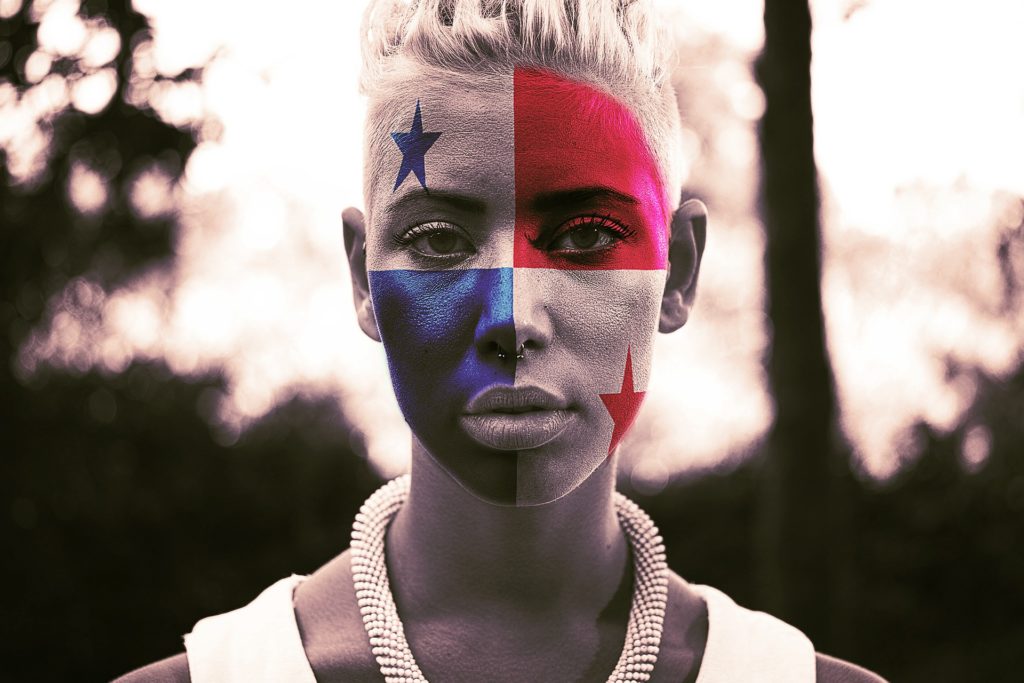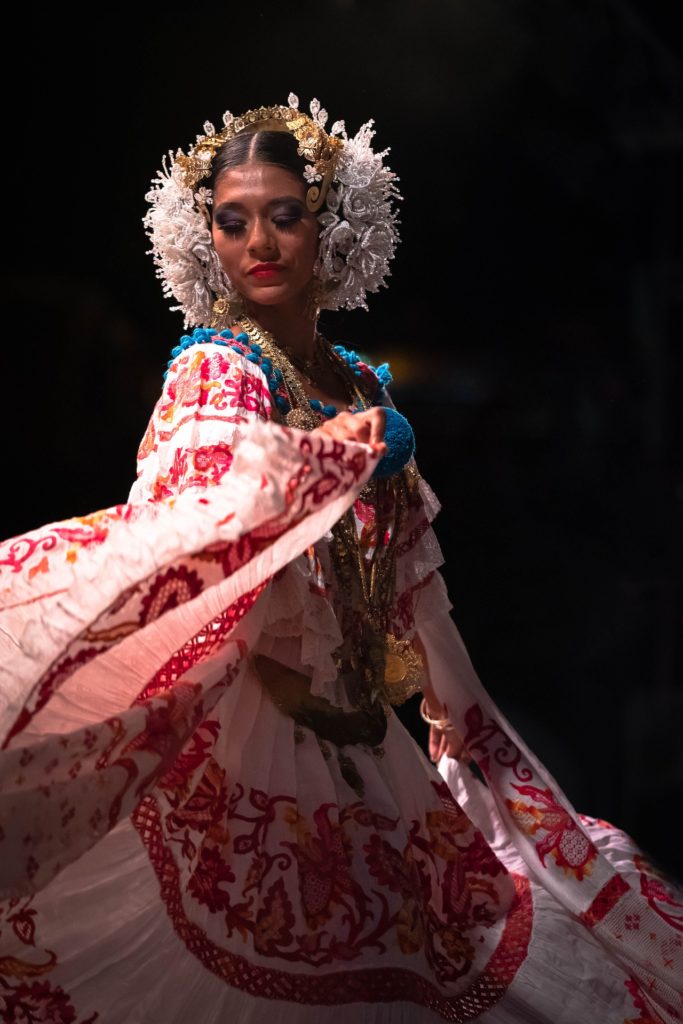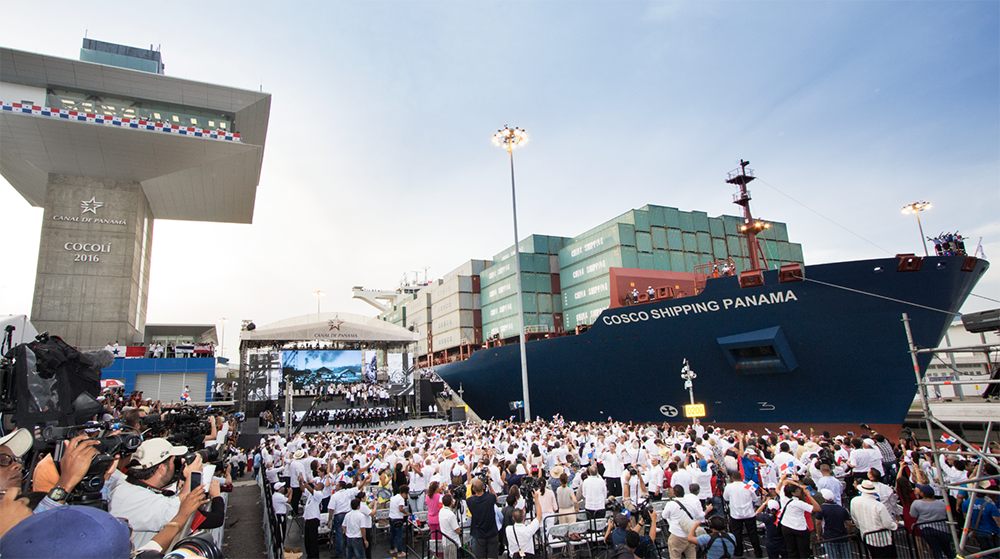Panamanians are characterized by their energy and enthusiasm to always share with friends, family, and acquaintances, which is why the carnival is one of the most anticipated dates on the calendar. It is 4 days in a party atmosphere, culture, and fun.
Panama’s Carnaval dates back to colonial times when people dressed up as Spanish characters of the conquest (kings, soldiers, Indians, slaves) while reenacting battles. According to history, the carnival became official by decree in 1910.
As times passed, some traditions dissipated to give rise to others, interweaving fundamental elements such as: the murga, tamborito, music, tunes, floats, water, ‘culecos’, dresses, food, zambas, reggae among others, which since the beginning are part of a resounding expression of the carnival festivities that still live today.

Something that characterizes the Carnaval is the popular “mojadera ”. They say that whoever has not gotten wet in carnivals, has not “carnavalized” correctly. Traditionally, until 1986, buckets of water were thrown at anyone walking down the street in the morning, regardless of their dress or direction.
Since that year, the “mojadera” has been carried out with a tanker truck, prepared to soak people under the tropical sun.
The burial of the sardine characterizes the closing of the carnival. The story goes that, through this celebration, the men tried to bury all the sins and vices committed during the days of festivities. The custom has been maintained and today it is celebrated in a cheerful and somewhat burlesque way, moving away from the historical meaning.
Although the carnival is celebrated throughout the country in different points, one of the most popular places is “Las Tablas” which attracts thousands of residents of the nation, as well as hundreds of foreigners every year. This celebration is the eternal rivalry that occurs between Calle Arriba and Calle Abajo (Down the Street and Up the Street), both locations in the town.
Calle Arriba and Calle Abajo are sisters in Las Tablas during the normal days of the year; however, during carnival, they are eternal carnival rivals. During the carnival, each sector has its own “tuna”; that is to say, a group that supports its queen, which prepares a great series of festive elements to overcome the other tuna. The Carnaval in Las Tablas revolves around this rivalry that intensifies much more when the month of February arrives.

The days of the carnival are marked by a wonderful competition between the prickly pears that includes music, dance, floats, and fireworks. In addition, every year there is a great water fight with shaving cream and blue ink from which no one escapes. Even though the Las Tablas carnival is a 4-day competition between queens and prickly pears, it is definitely one of the best celebrations of its kind in the entire country.
The Carnaval in Panama does not have a fixed date, but Christian Lent is taken as a reference. The Carnivals take place before Ash Wednesday, occupying 4 days in total for their celebrations, so they generally take place between the month of February and the month of March.





